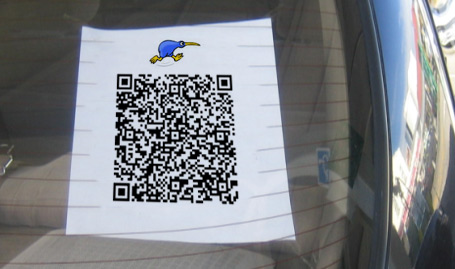
Some Kiwi brands are attracting their global customers back to the source of their product, creating new customer experience touch-points as well as fuelling tourism.
Companies exporting products ‘made from NZ’ are seeing their customers make pilgrimages to experience NZ brands at the source, connecting with the origins of the product.
Tourists have journeyed to previously ignored parts of our landscape thanks to Lord of the Rings. Now they are visiting high country sheep stations to come face to face with the sheep whose fleece they have been wearing. More than 10,000 people worldwide have traced their merino garment right back to the sheep station here in NZ where the wool was sourced using Icebreaker’s ‘baacode’ trace-ability technology.
Last week an American man whose leg was saved from amputation by a Manuka Honey dressing has been to visit the apiary here to ‘meet the people who changed his life’.
With an increasing number of global NZ brands trading on the unique geography and natural resources of our country we could see more tourism based on these brand pilgrimages.
Blinded by mass production, availability, and homogenous strip mall shopping, today’s discerning consumers seek authenticity of products and experiences. Providing a traceable origin and conveying the authentic root of the product seems to be winning Icebreaker wearers over, so will 42below vodka devotees visit glacial springs where the magic brew is sourced, virtually, then in person?
What sort of experience are people expecting when they arrive, traditional retail or a gumboots-and-Hilux adventure into the depths of our countryside, both, or something completely different?
In an experience economy, opportunity awaits those who seek to understand their customers motivations, then define and create the types of experiences and touch points these ‘authenticity seeking’ visitors are drawn to.







